How to Teach Computer Science: Parable, practice and pedagogy
£14.30
This book is for new or aspiring computer science teachers wishing to improve their subject knowledge and gain confidence in the classroom. And it’s for experienced computer science teachers who wish to hone their practice, in particular in the areas of explicit instruction, tackling misconceptions and exploring pedagogical content knowledge.
You will read some of the backstory to our subject – the “hinterland” – those fascinating journeys into history that make the subject come alive and place it in historical context. These stories will help you to enrich your lessons, cement core knowledge, develop cultural capital and help you excite a life-long love for the subject. We will go beyond the mark scheme to explore the subject knowledge behind the answers, giving you the confidence to discuss the field in greater depth, enabling you to use explicit instruction methods: presenting skills and concepts clearly and directly enabling student mastery.
We will explore misconceptions that arise when teaching our subject, so you can “head them off at the pass”. And we will look at teaching ideas – the pedagogical content knowledge (PCK) – exploring the helpful analogies, questions and activities that work for each topic: practices that can be lifted and dropped straight into the classroom to immediately enhance your teaching.
Trainee or pre-service teachers, NQTs and early-career teachers will find this book invaluable, experienced teachers will find it inspiring, and all will benefit from a fresh look at the hinterland and subject pedagogy that makes computer science a fascinating subject to teach.
Read more
Additional information
| Publisher | John Catt Educational Ltd (16 July 2021) |
|---|---|
| Language | English |
| Paperback | 300 pages |
| ISBN-10 | 1913622576 |
| ISBN-13 | 978-1913622572 |
| Reading age | 18 years and up |
| Dimensions | 14.61 x 1.91 x 20.32 cm |


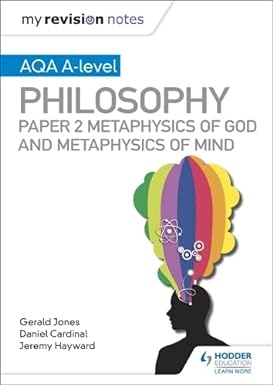
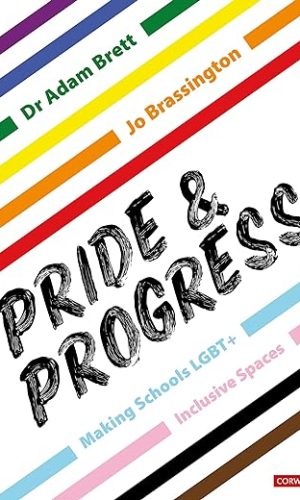

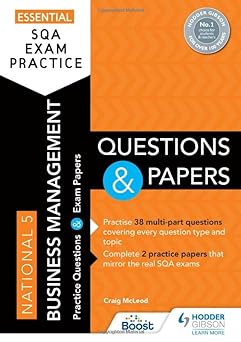
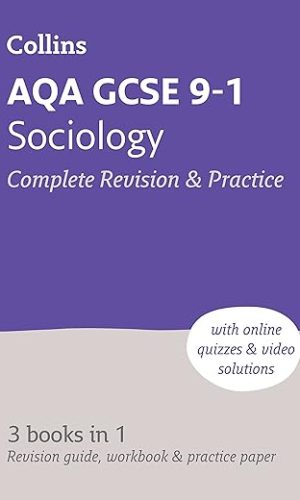
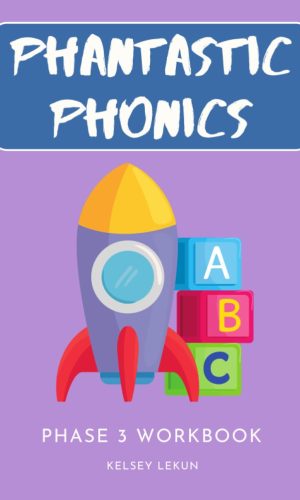
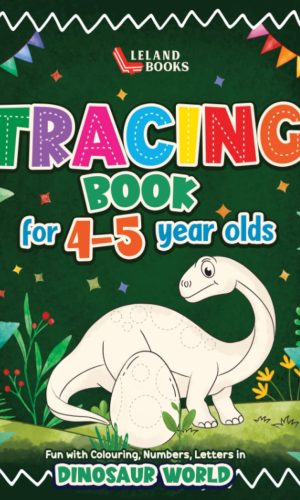

by Allen Tsui
Was expecting a tome but actually a beautifully compact guide in how to teach computer science. Although much of the very practical guide, packed with examples provides complete coverage of the GCSE Computing curriculum or its international equivalents, it is a must read for all who teach technology from Nursery or pre-schoolers to pre-University. The pedagogical principles and examples featured could be adapted and scaffolded to computer science teaching for the youngest to oldest school aged groups. Alan Harrison has done a brilliant job of framing pedagogical content knowledge into a nine point plan and general pedagogical principles into four key elements. An excellent read not just for teachers specialising in technology but for anybody who is interested in how computer science is taught in schools and how best to support younger family members with developing their digital literacy and digital citizenship skills. A must read text for those on any teacher training courses. All technical content has been so well organised and sign-posted that those who might not be interested in teaching computer science or have no directly role in doing so will find the text an interesting and engaging read. The book should be sold with every device.
by CarefreeDan
After reading the introduction and the first section on Data Representation, I’ve realised I’ll be revisiting this book throughout the year before I teach the units. This book is full of insight, background knowledge and techniques on how to teach computer science effectively.
Alan has taken research from others within education and made it relevant to our subject. Each unit has knowledge that will not only make learning accessible to our students but challenge them too.
This is without doubt a must read for all computer science teachers.
by Allen Tsui
This is a superb book. As a maths teacher about to (slightly nervously!) teach computer science for the first time, I have found this book enormously helpful as well as being an enjoyable read (I even took it to the beach!). The “hinterland” background and context is fascinating as well as providing many useful examples and illustrations I’ll be including in my lessons and the PCK sections will be referred to regularly. I’m very glad I have read this and will be reading it again chapter by chapter as I teach each topic for the first time.
by Amazon Customer
Having been blown away by the first chapter of the book, it would have been easy to write a review straight away – but I held off until I’d got right to the end before committing my thoughts to paper.
Alan’s book somehow manages to cram in enough content to cause me to refresh and rethink so much of my KS3,4 & 5 teaching of the subject.
Examples bring facts to life, practical teaching strategies are explored, and complex issues are discussed in clear and concise ways.
In an option subject which will be dropped by 75% of my students in Y9, it’s really important to find ways to keep interest and engagement high at a time that many kids are at their most cynical. This both gives me a chance of acheiving this and go on to deliver better results for those who persist. As a new HoD – this feels essential.
My highlighter’s almost run out!
by Farhan
This is an excellent book. For those new to teaching the subject, it carefully explains all jargon and links the topics to the real world to make it more relevant. For all teachers, it is a useful reference book, to remind you of the misconceptions for each topic and ensure you focus on the key learning points. There are lots of suggestions of activities you can include.
by Kwijiboenator
Excellent book. I covered most of the material in my CS degree, but it was a while back, so was a brilliant refresher/reminder! I would also recommend it to any teacher of CS – specialist or non specialist – really accessible, read it cover to cover, or dip in and out to get a background for the topic you are teaching. Should be on the bookshelf of all CS departments!
by Amazon Customer
If you’re in teacher training this book is a must-read. It gives compelling insight into the mind of experienced qualified teachers – as well as some fantastic insights into the history of computational thinking, giving you compelling ideas when planning lessons or setting lesson objectives.
by Miss E R Halliday
This book is informative and engagingly written. Since I started reading it I’ve hardly put it down. The historical background is really interesting as well as the ideas for practical lesson activities.